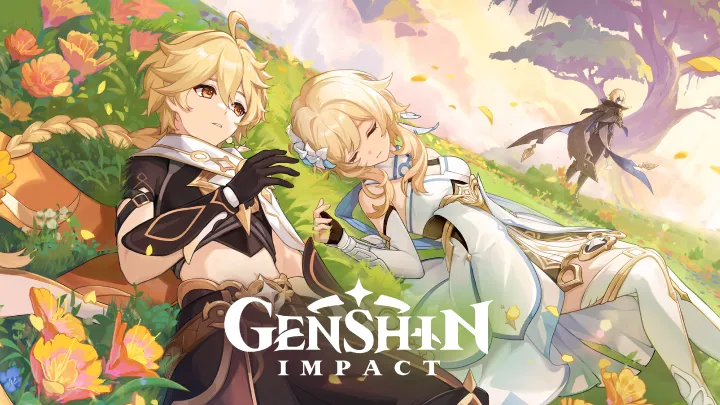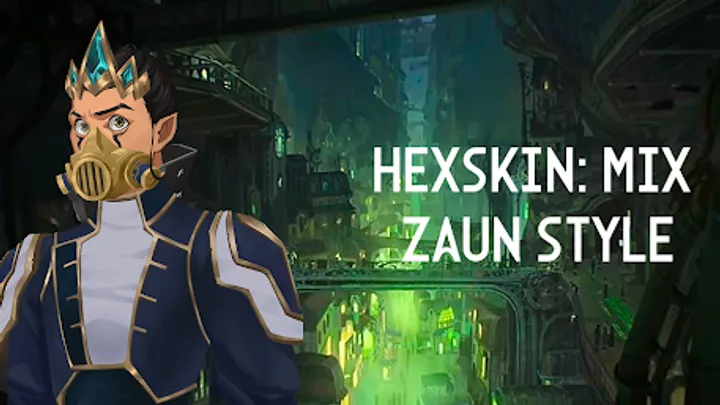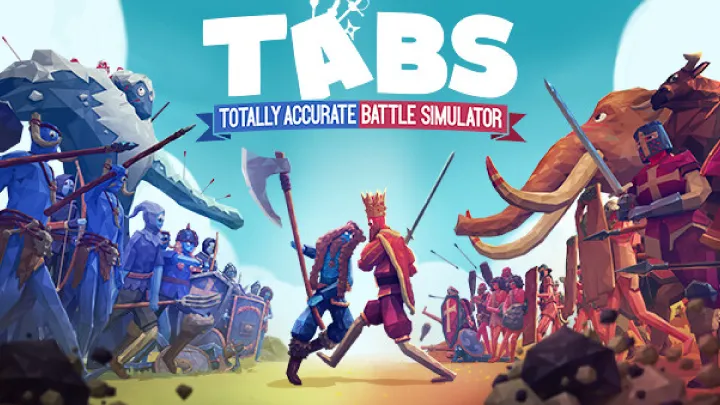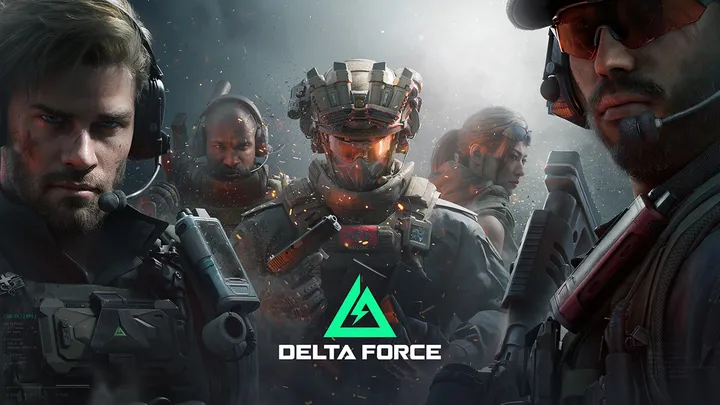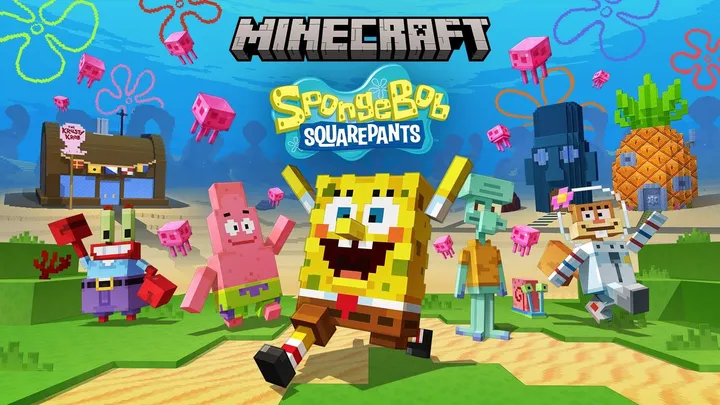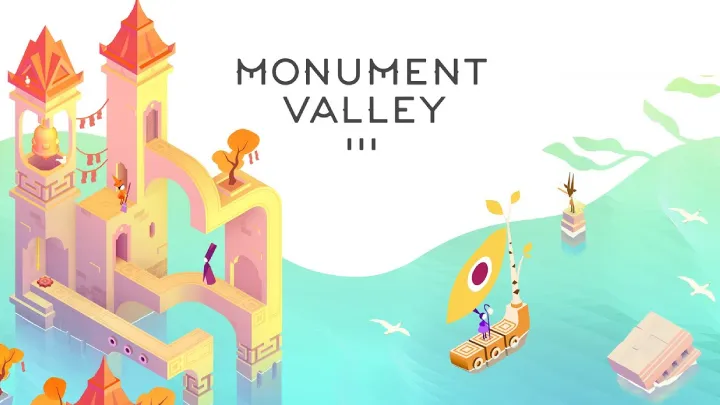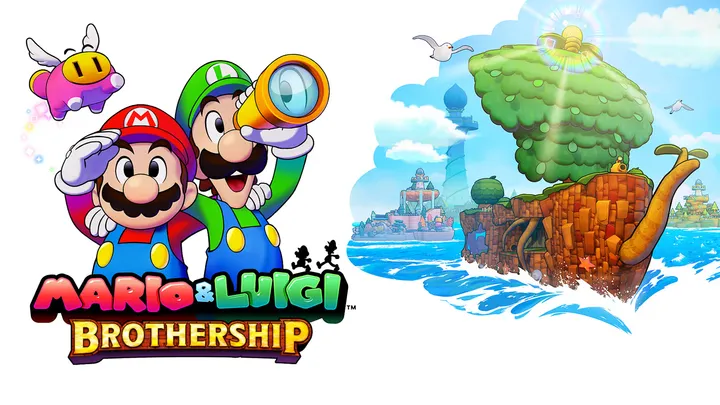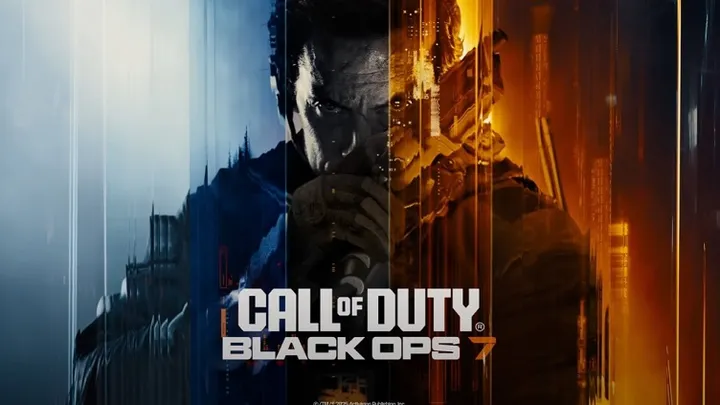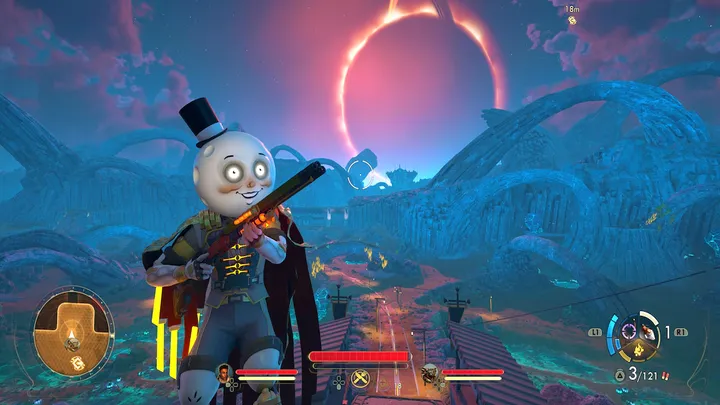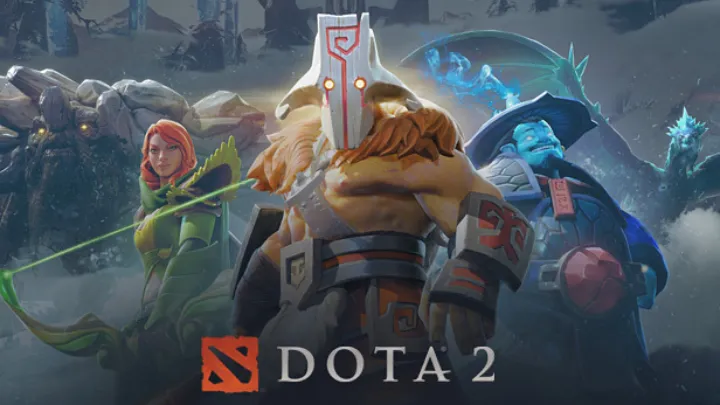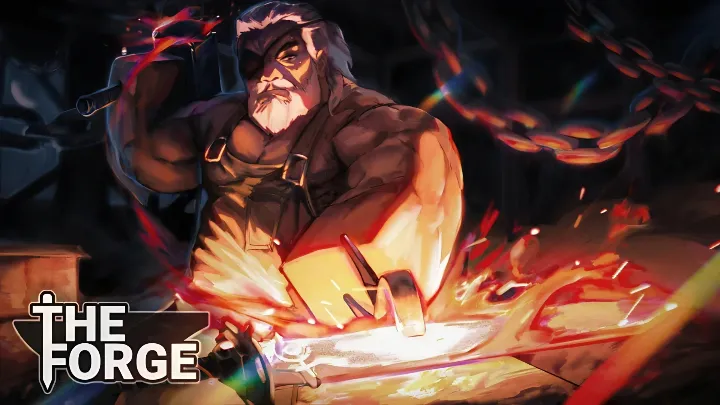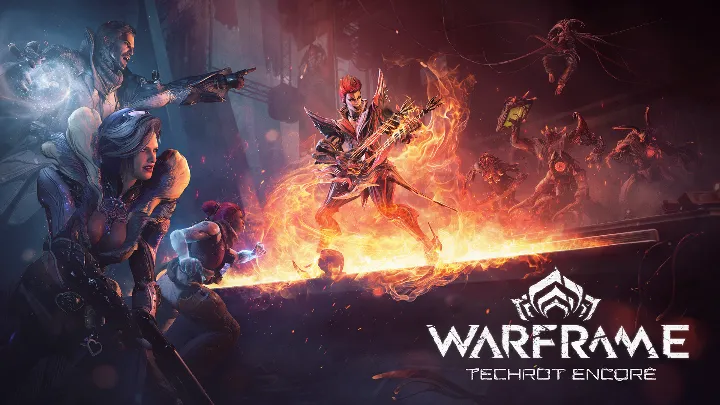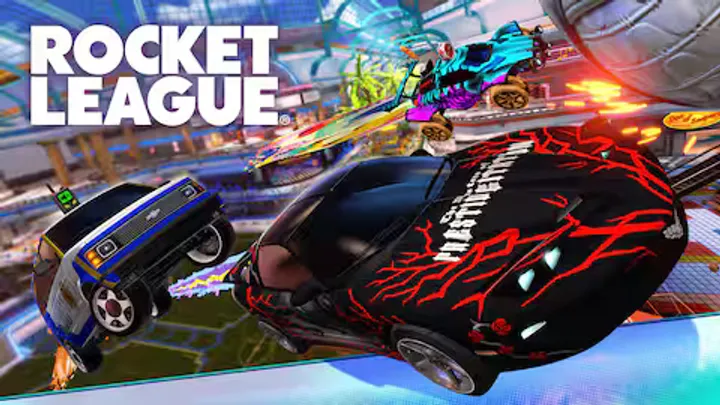Introduction
Since its release in September 2020, Genshin Impact has taken the gaming world by storm, redefining the boundaries of free-to-play open-world RPGs. Developed by miHoYo (now HoYoverse), the game offers players a sprawling fantasy world, engaging elemental combat, and an ever-expanding roster of characters. Whether you’re a newcomer curious about its appeal or a seasoned Traveler seeking advanced tips, this guide explores everything you need to know about Genshin Impact — from its beginnings to its current state, with insights into its strengths, drawbacks, and overall value.
1. The Origins of Genshin Impact
Genshin Impact was first announced in June 2019, drawing immediate comparisons to Nintendo’s The Legend of Zelda: Breath of the Wild. While the art style and open-world mechanics share similarities, miHoYo’s vision went far beyond imitation.
A Risky but Rewarding Launch
- Release Date: September 28, 2020
- Platforms: PC, PlayStation 4/5, iOS, Android (with Nintendo Switch version in development)
The game’s global launch attracted over 10 million pre-registrations, cementing it as one of the most successful launches in modern gaming history.
2. Storyline and World of Teyvat
The game’s world, Teyvat, is divided into seven nations, each inspired by real-world cultures and ruled by a god tied to a specific element.
Main Plot
You play as The Traveler, searching for your lost twin sibling after being separated by an unknown god. As you explore, you get caught in the politics, mysteries, and conflicts of each nation.
Current Regions Available
- Mondstadt – Windy, Germanic-inspired city of freedom.
- Liyue – Chinese-inspired harbor city rich in trade and tradition.
- Inazuma – Japanese-inspired land under strict rule.
- Sumeru – Middle Eastern and South Asian influences, centered on knowledge.
- Fontaine – French-inspired steampunk region focused on justice.
3. Gameplay Mechanics
Genshin Impact blends open-world exploration with real-time elemental combat, making every fight strategic.
3.1: Exploration
- Climb mountains, glide across valleys, swim through rivers.
- Discover hidden chests, solve environmental puzzles, and activate teleport waypoints.
3.2: Combat System
Combat revolves around seven elements:
- Pyro (Fire)
- Hydro (Water)
- Electro (Lightning)
- Cryo (Ice)
- Anemo (Wind)
- Geo (Earth)
- Dendro (Nature)
Combining these elements triggers Elemental Reactions like Vaporize, Melt, and Overloaded, adding depth to battles.
4. Character System
Genshin Impact offers over 70 playable characters, each with unique abilities, weapon types, and elemental alignments.
4.1: Character Rarity
- 4-star characters – Easier to obtain, still very strong.
- 5-star characters – Rare and often top-tier in combat.
4.2: Character Progression
- Level up using EXP books.
- Ascend characters for higher level caps.
- Upgrade weapons and artifacts to boost stats.
5. Events and Updates
One of Genshin Impact’s biggest strengths is frequent content updates.
5.1: Update Cycle
- Major updates every 6 weeks.
- Includes new story quests, limited-time events, and sometimes new regions.
5.2: Seasonal Events
Past examples:
- Lantern Rite Festival – Celebrates Chinese New Year in Liyue.
- Windblume Festival – A spring event in Mondstadt.
- Summer Fantasia – Beach-themed adventure.
6. Monetization and Gacha System
Genshin Impact is free-to-play, but monetization comes from its gacha-based “Wish” system.
6.1: How Wishing Works
- Use Primogems to purchase Intertwined or Acquaint Fates.
- Fates are spent on banners for characters or weapons.
- Pity system guarantees a 5-star after a certain number of pulls.
Pros:
- Free players can still earn premium currency.
- Many strong characters are available without spending.
Cons:
- Low drop rates for 5-stars (~0.6%).
- Can encourage overspending.
7. Multiplayer Co-Op
While primarily a single-player experience, Co-Op Mode allows up to 4 players to explore and battle together.
7.1: Co-Op Features
- Fight bosses and domains with friends.
- Share exploration duties.
- Limitations: Story quests and certain events remain single-player only.
8. Visuals and Soundtrack
Genshin Impact’s art direction and music are often praised as some of the best in modern gaming.
8.1: Graphics
- Anime-inspired visuals with vibrant colors.
- Dynamic weather and day-night cycles enhance immersion.
8.2: Soundtrack
- Fully orchestrated OST recorded with symphony orchestras in London, Shanghai, and Tokyo.
- Each region has its own thematic music.
9. Pros, Cons, and Rating
9.1: Pros
- Expansive open world with constant updates.
- Deep combat system with elemental synergies.
- Gorgeous visuals and memorable soundtrack.
- Accessible for casual and hardcore players alike.
9.2: Cons
- Gacha system may feel predatory.
- Resin stamina system limits certain activities.
- Story progression can feel slow between updates.
Overall Rating:
⭐ 9.2/10 – A masterpiece in the free-to-play RPG genre.
10. The Future of Genshin Impact
HoYoverse has confirmed plans for all seven regions, ending with Natlan and Snezhnaya. Beyond that, fans expect new systems, crossovers, and potentially even a sequel.
Conclusion
Genshin Impact is more than just a game — it’s a living, breathing world that grows with every update. With its captivating story, dynamic combat, and unmatched artistic quality, it has rightfully earned its place as one of the most popular RPGs in the world. Whether you’re a free-to-play adventurer or a dedicated spender, the lands of Teyvat will continue to offer new adventures for years to come.














































